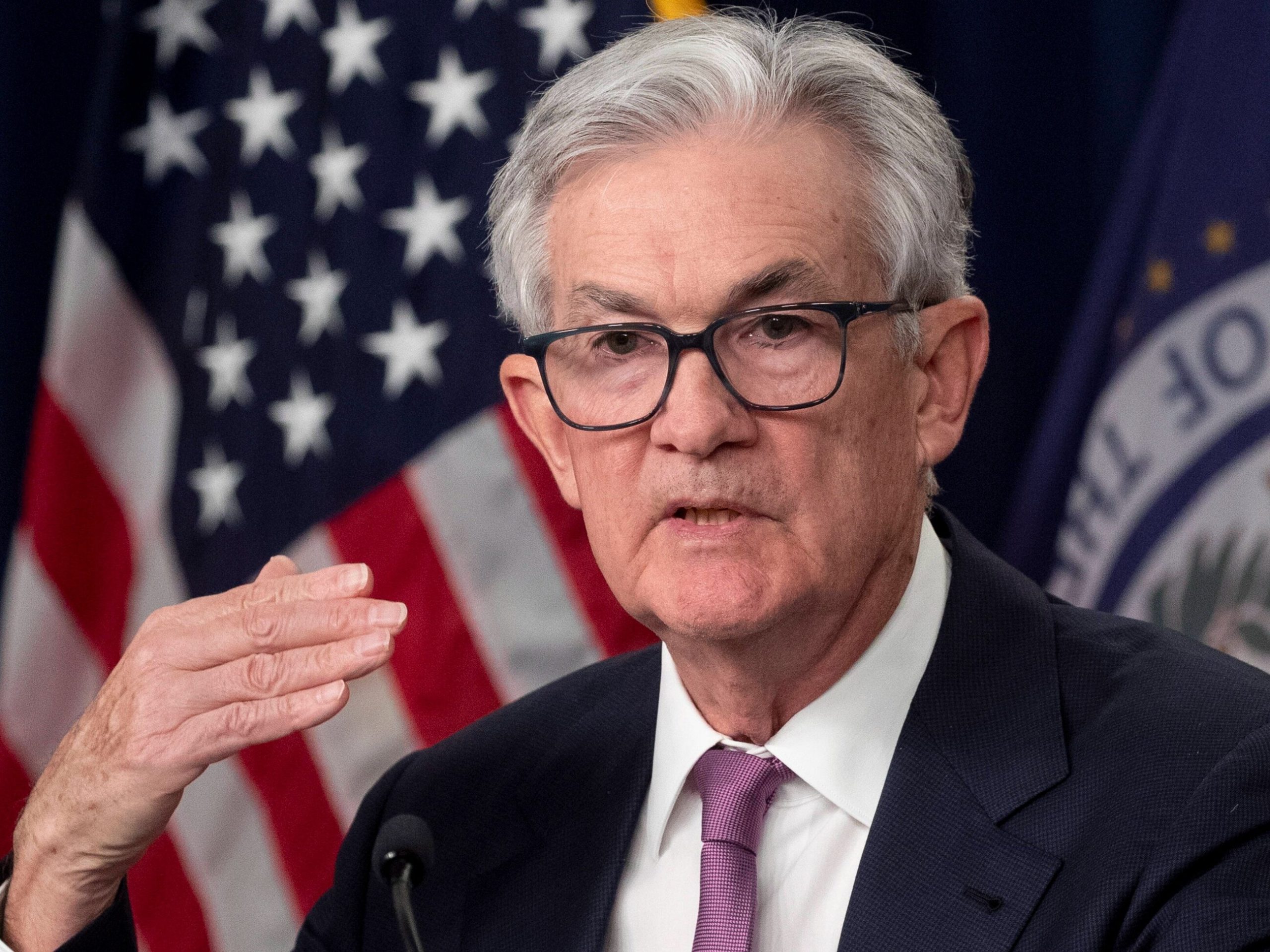Inflation in the US under control. There is another decline

Annual inflation in the US slowed further to below 3% in November and underlying price pressures continued to weaken, which may strengthen financial market expectations for an interest rate cut in March next year.
Inflation, as measured by the Personal Consumption Expenditures (PCE) price index, fell 0.1% last month. after being unchanged in October, the Commerce Department’s Bureau of Economic Analysis reported on Friday. In the 12 months to November, the PCE price index increased by 2.6%. after an increase of 2.9 percent in October. October was the first since March 2021 in which the annual PCE price index fell below 3%.
Inflation in the US is falling
Excluding volatile food and energy components, the PCE price index rose 0.1% in November, matching December’s gain. The so-called the core PCE price index increased by 3.2% in November. year-on-year, which is the smallest increase since April 2021, after an increase of 3.4%. in October.
The Federal Reserve tracks PCE price measures for its 2% inflation target. Economists polled by Reuters forecast the annual PCE price index to rise 2.8% and annual core PCE inflation to rise 3.3%.
Inflation is getting closer to the price
Monthly inflation readings of 0.2% are needed to bring inflation back to the Fed’s target. in a lasting way, economists say. According to CME Group’s FedWatch Tool, financial markets were pricing in around 72%. chances of an interest rate cut at the Fed’s policy meeting on March 19–20.
The U.S. central bank kept interest rates unchanged last week, and policymakers signaled in new economic projections that the historic tightening of monetary policy planned over the past two years is over and lower borrowing costs are on the way in 2024. Beginning in March 2022, the Fed increased its policy rate by 525 basis points to the current range of 5.25-5.50%.






